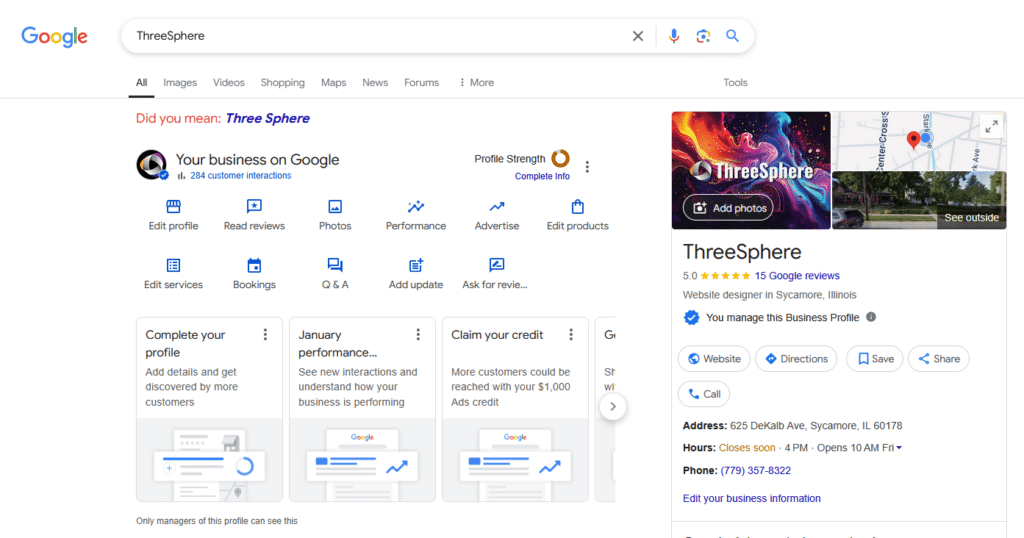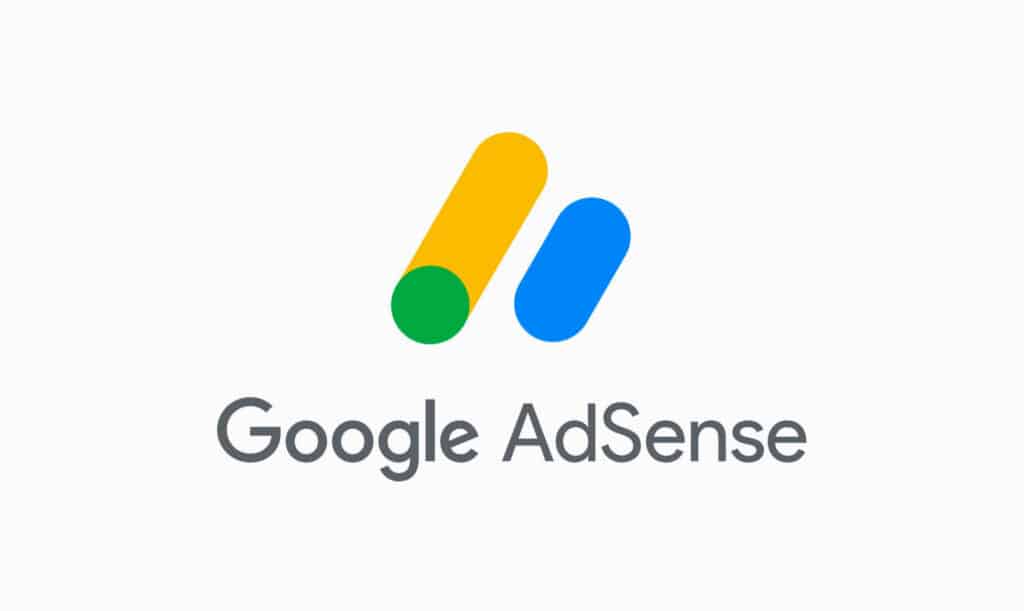Table of Contents
Introduction
The 3 Essential SEO Tips for Beginners: Boost Your Website’s Visibility. Search Engine Optimization (SEO) can seem daunting, especially if you’re just starting out. However, mastering the basics can significantly improve your website’s visibility and attract more targeted traffic. At ThreeSphere, we use tools like Rank Math to streamline the SEO process and help businesses climb the search engine rankings. In this blog post, we’ll dive into 3 essential SEO tips for beginners, focusing on keyword research, on-page optimization, and creating high-quality content. Let’s get started!

1. Keyword Research: The Foundation of SEO
Keyword research is the cornerstone of any successful SEO strategy. It involves identifying the terms and phrases that potential customers use to find products, services, or information related to your business. With tools like Rank Math Free, you can easily identify relevant keywords and optimize your website accordingly.
Why Keyword Research Matters
Choosing the right keywords is crucial for attracting the right audience. Long-tail keywords, which are longer and more specific phrases, are especially valuable because they often have lower competition and higher conversion rates. For example, instead of targeting a broad keyword like “shoes,” a long-tail keyword like “best running shoes for flat feet” will attract a more targeted audience.
How to Conduct Keyword Research
Start by brainstorming a list of potential keywords related to your business. Use tools like Google Keyword Planner, Ubersuggest, or SEMrush to analyze these keywords’ search volume and competition. Focus on keywords that have a good balance of high search volume and low competition. Once you’ve identified your target keywords, incorporate them naturally into your website’s content, meta tags, and URLs.

2. On-Page Optimization: Fine-Tuning Your Website
On-page optimization refers to optimizing individual web pages to rank higher in search engine results. This involves optimizing elements like title tags, meta descriptions, header tags, and content. Rank Math Free makes this process straightforward by providing clear guidelines and checklists.
Key Elements of On-Page Optimization
- Title Tags and Meta Descriptions: These are the first things users see in search engine results. Ensure they are compelling and include your target keywords. Keep the title tag under 60 characters and the meta description under 160 characters.
- Header Tags (H1, H2, H3): Use header tags to structure your content. The H1 tag should contain your primary keyword and clearly describe the page’s topic. Use H2 and H3 tags for subheadings to break down the content and make it easier to read.
- URL Structure: Keep URLs short, descriptive, and keyword-rich. Avoid using special characters or unnecessary numbers.
- Alt Text for Images: Alt text helps search engines understand the content of your images. Include relevant keywords in the alt text to improve image search rankings.
- Internal Linking: Link to other relevant pages on your website. This helps search engines understand the structure of your site and improves user experience.

3. High-Quality Content: The Heart of SEO
Creating high-quality, relevant content is crucial for SEO success. Search engines prioritize websites that provide valuable information to users. With Rank Math Free, you can easily optimize your content for SEO while ensuring it remains engaging and informative.
Why High-Quality Content Matters
Content is king when it comes to SEO. High-quality content not only attracts more visitors but also keeps them engaged, reducing bounce rates. Moreover, well-written content is more likely to be shared, increasing your website’s visibility and authority.
Tips for Creating High-Quality Content
- Focus on User Intent: Understand what your audience is looking for and create content that answers their questions or solves their problems.
- Use Engaging Headlines: Craft compelling headlines that grab attention and include relevant keywords.
- Incorporate Visuals: Use images, videos, and infographics to make your content more engaging. Optimize visuals with descriptive file names and alt text.
- Keep Content Fresh: Regularly update your blog with new posts and refresh older content. This signals to search engines that your site is active and relevant.
- Encourage Engagement: Use calls-to-action (CTAs) to encourage readers to leave comments, share your posts, or explore other pages on your site.
Conclusion: The Journey to SEO Success
Mastering the basics of SEO is a critical step toward improving your website’s visibility and attracting targeted traffic. By focusing on keyword research, on-page optimization, and creating high-quality content, you can set the foundation for a successful SEO strategy. Tools like Rank Math Free make it easier to implement these tips and track your progress.
Remember, SEO is an ongoing process. The digital landscape is constantly evolving, and so are search engine algorithms. Stay updated with the latest SEO trends and continue to optimize your website. At ThreeSphere, we’re here to help you every step of the way. Whether you’re just starting or looking to improve your existing SEO efforts, our team of experts is ready to assist you.
Ready to take your website to the next level? Contact ThreeSphere today and let us help you achieve your SEO goals!
How useful was this post?
Click on a star to rate it!
Average rating 0 / 5. Vote count: 0
No votes so far! Be the first to rate this post.
Author
-

Meet Anthony Ernst, the creative force behind ThreeSphere. With a passion for art and a knack for business, Anthony is a multi-talented entrepreneur who wears many hats. As the owner of ThreeSphere, he combines his expertise in web development with his artistic vision to craft stunning and functional websites for clients.
View all posts








